(HBĐT) - In the thousand-year history of building and defending the country, the Vietnamese people gave birth to and nurtured many national heroes whose names have become immortal. Trieu Thi Trinh, the female general wearing golden armor, ivory clogs, golden hairpins, riding a white elephant into battle, driving out the Wu invaders, has been known and made proud by all generations of Vietnamese people. She is a symbol of passionate patriotism, indomitable will, not afraid of danger in the face of invaders.
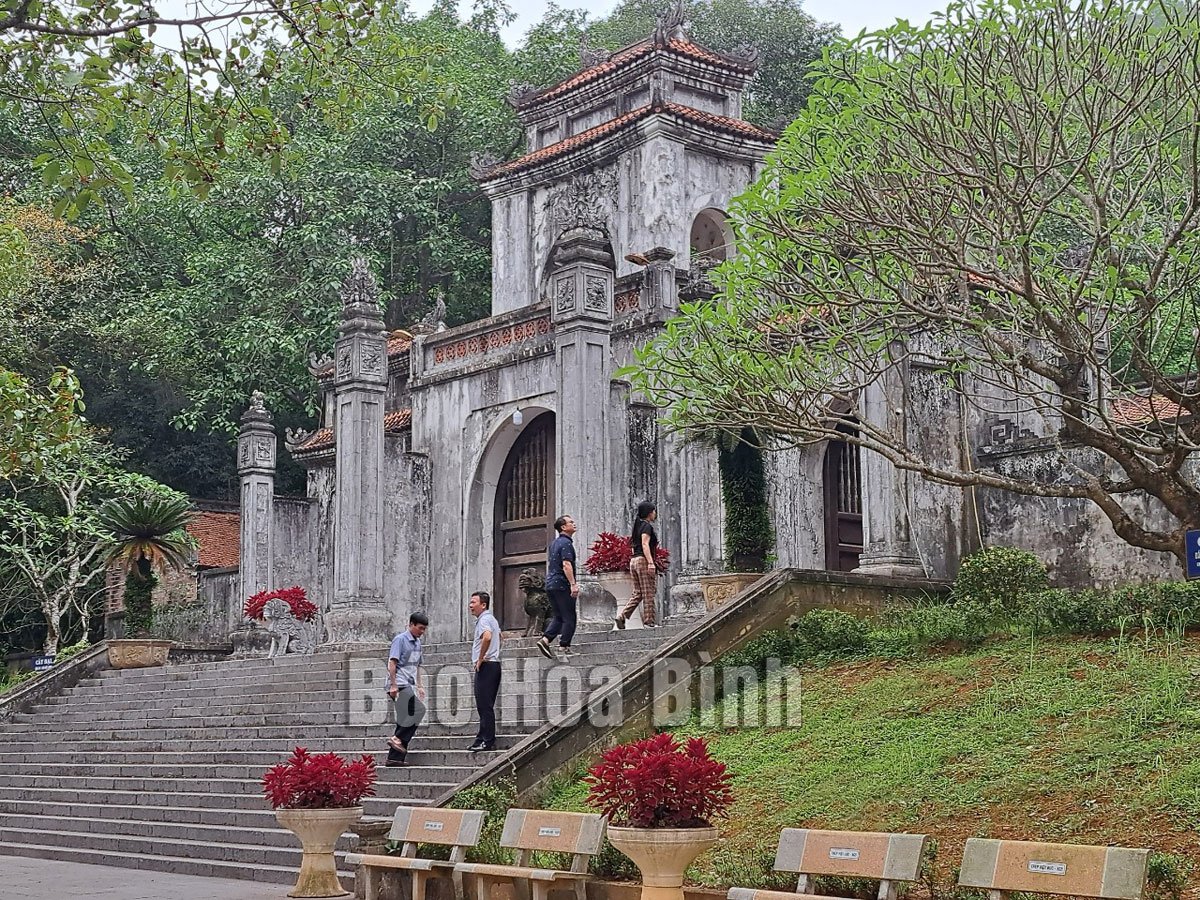
Ba Trieu Temple is one of the most beautiful architectural and landscape relics of Thanh Hoa province.
"I want to ride the strong wind, step on the fierce waves, kill the whales in the East Sea, drive out the Wu invaders, regain the country, and free myself from slavery. I will not bend down to be someone's concubine." From elementary school students to higher levels of education, through studying History, the resolute and heroic words of Lady Trieu have been known and remembered by many generations of students, like the transmission of the flame of patriotism.
Going back in history, Lady Trieu's name was Trieu Thi Trinh or also known as Trieu Trinh Nuong. She was born on October 2, Binh Ngo year (ie 226) in Quan An district, Cuu Chan district (now Dinh Cong commune, Yen Dinh district, Thanh Hoa province). Witnessing her homeland being trampled by the enemy, the people's lives in misery, at the age of 19, the peach-cheeked girl and her brother Trieu Quoc Dat gathered righteous men on the top of Nua mountain to sharpen swords, practice martial arts and prepare for an uprising. People throughout the region enthusiastically responded to the Trieu brothers' desire to fight the enemy and save the country.
The uprising led by Lady Trieu is said to have "shocked Giao Chau", creating fear for the Ngo invaders. History books recorded: After choosing Nua mountain as a base to build forces to prepare for the uprising, Lady Trieu led the people to rise up, attacking the districts and counties of the Ngo mandarins. The insurgents defeated the Ngo army in many battles, killing the governor of Giao Chau. All the two districts of Giao Chi and Cuu Chan rose up to respond to Lady Trieu's uprising. Faced with the strength of the insurgents, the Ngo dynasty was afraid and had to send the famous general Luc Dan as governor of Giao Chau, bringing 8,000 troops to our country to suppress the uprising movement. Luc Dan on one hand tried to suppress the people, on the other hand used cunning tricks such as money, goods, and promised to grant titles to local leaders. From then on, many leaders in Giao Chi surrendered to the enemy. Lady Trieu's insurgents fell into a state of isolation.
The last battle took place on February 22, Mau Thin year (248 AD). Lady Trieu heroically sacrificed her life at Tung mountain in Bo Dien (now Trieu Loc commune, Hau Loc, Thanh Hoa) when she was just 23 years old.
Later generations commemorated Lady Trieu by building a mausoleum on the top of Tung Mountain and a temple on the slope of Gai Mountain, Trieu Loc Commune. The temple was built in the pre-Ly Nam De period and has been restored many times. The most recent restoration and renovation of the temple was in 2008.
Visiting the temple of Lady Trieu, many people were moved, admired and proud of the national heroine who composed many poems and prose about her. Among them is the poem "Heroic Lady Trieu" with emotional lines: "The temple of Lady Trieu by the road/North - South travel back and forth in all directions with pride/Heroic female general with rosy cheeks/Riding an elephant to fight the enemy, no less than the male general/Feeling sorry for the people drowning in misery/Waving the flag to destroy the greedy and cruel Ngo invaders..."
According to the introduction of the relic management board staff, the temple is planned on an area of 3.8 hectares, built according to the "Inner public, outer national" architecture, facing North. The worship system in the temple is arranged according to the rules of worshiping national heroes. From the outside to the inside, it includes: Outer gate - lotus pond - screen - middle gate - lower yard - inner gate - upper yard (with left and right wings on both sides) - front hall - terrace - middle hall - celestial yard - rear palace. The rear palace is the structure with the highest terrain, firmly leaning against Gai mountain.
The harem house has a wooden architecture of three compartments and two wings, two curved roof floors with 4 wooden trusses with symmetrical structure, with the structure of "Gong frame stacked on beam, rafter", 4 rows of columns. The truss system is supported by a system of columns. The decorative motifs on the frame systems are relief carvings, carvings of dragons, large chrysanthemum leaves, lotus flowers, climbing chrysanthemum leaves. The masonry decoration has dragon images on the roof clamp, roof clamp and dragon steps. In the innermost middle compartment is where the incense table is placed (above is placed the throne, the tablet of Lady Trieu and worship items); on both sides of the incense table are umbrellas... Notably, in the harem there are a number of parallel sentences, large characters with content that exemplify and praise the merits of Lady Trieu for her homeland. Also because of her great merits, Lady Trieu became the first Vietnamese woman to be conferred "Goddess" by feudal dynasties and became a typical national heroine of the country through all ages.
Together with the sanctuary, the temple's structures are planned in harmony, with beautiful, green landscapes but extremely majestic and sacred. Therefore, Ba Trieu Temple is considered one of the most beautiful landscape and architectural relics of Thanh Hoa province. In 2015, this place was recognized as a National Monument, especially a historical and architectural relic.
Thu Hien
Source


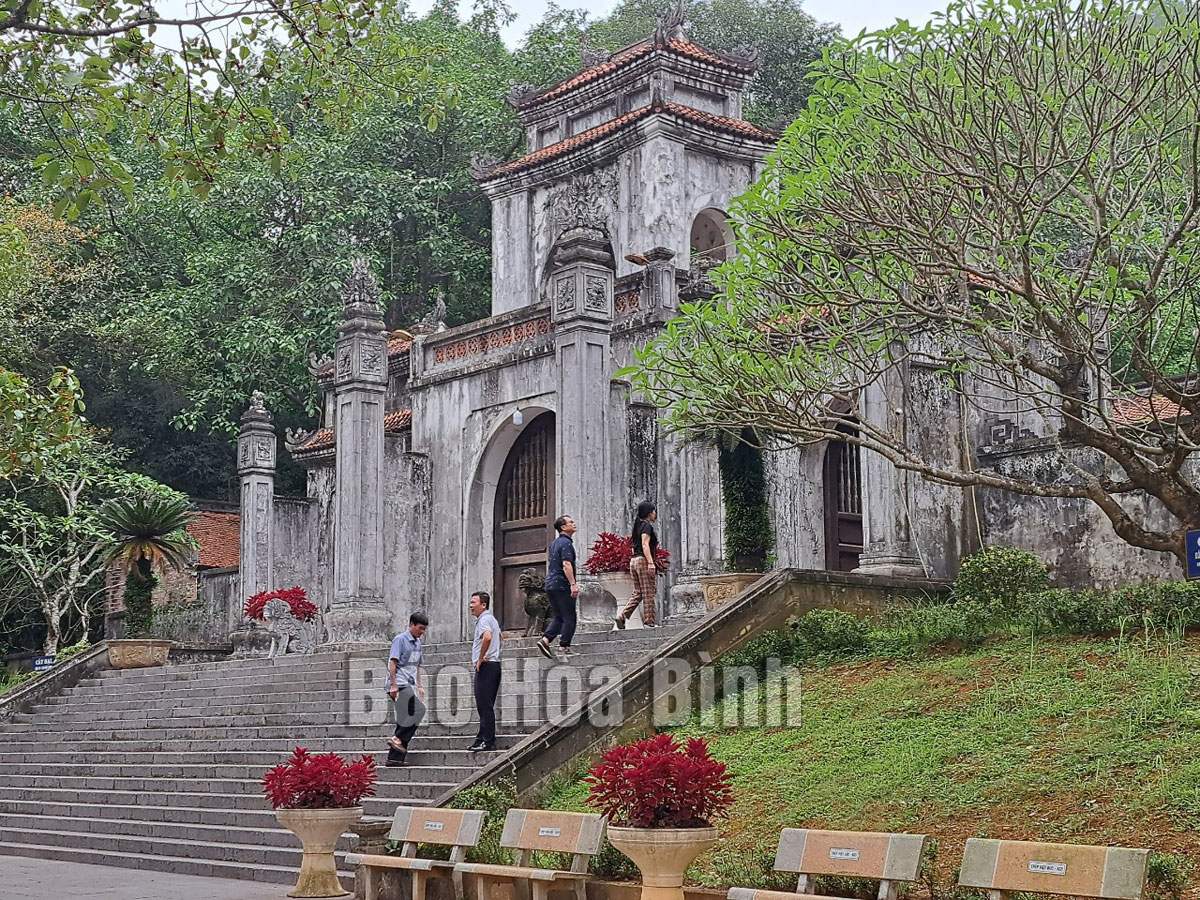
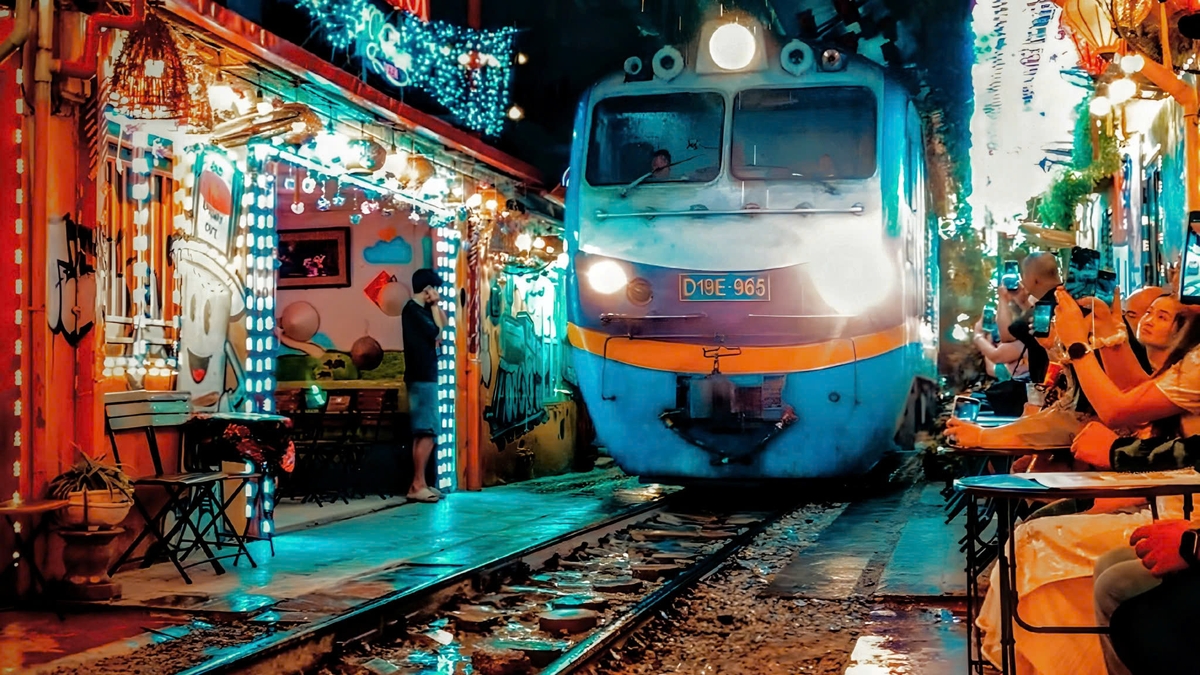

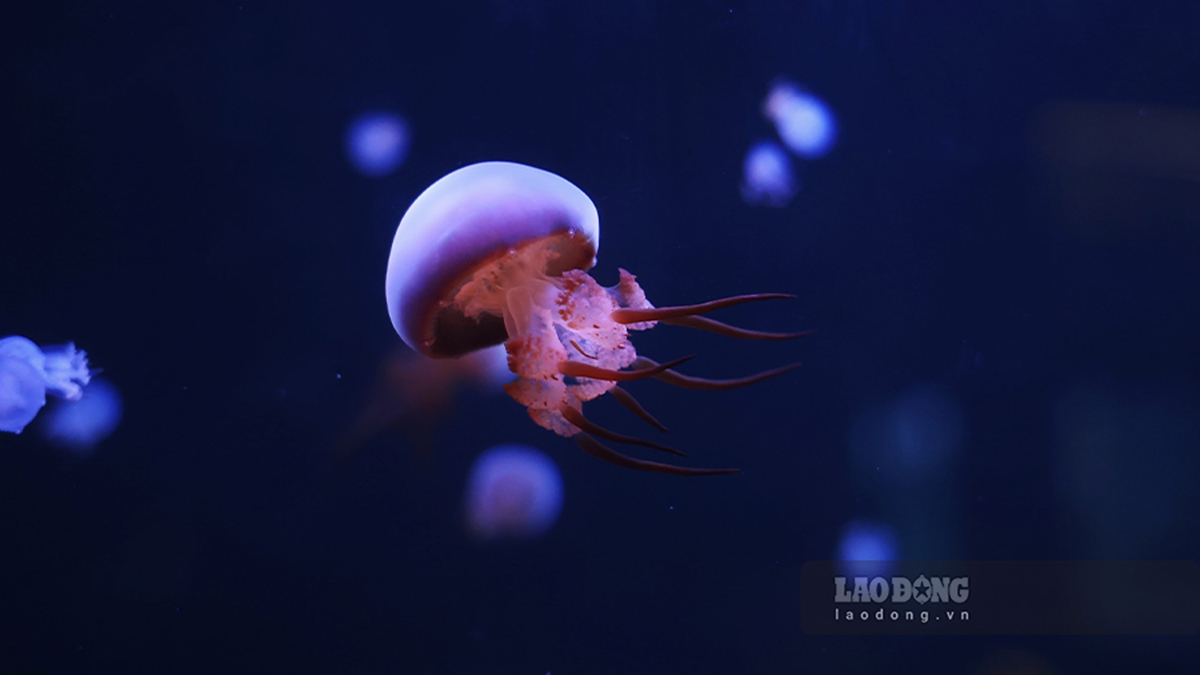


![[Photo] Opening of the 14th Conference of the 13th Party Central Committee](https://vphoto.vietnam.vn/thumb/1200x675/vietnam/resource/IMAGE/2025/11/05/1762310995216_a5-bnd-5742-5255-jpg.webp)
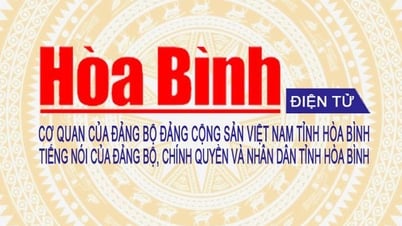



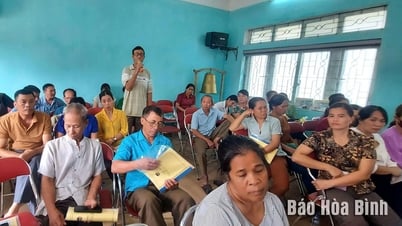


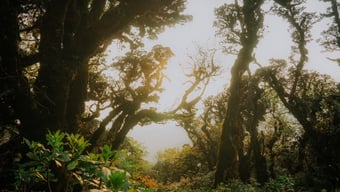




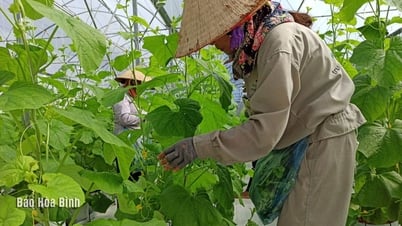
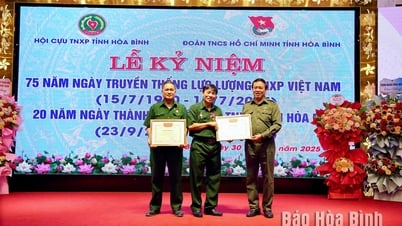
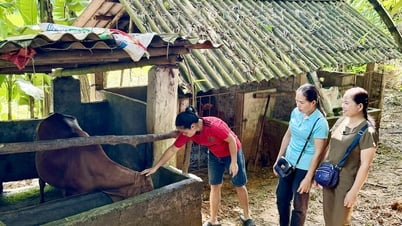
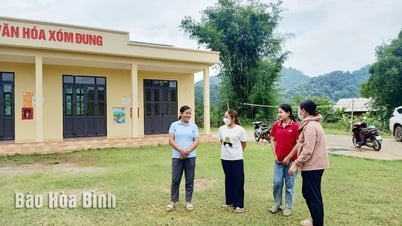

![[Photo] Panorama of the Patriotic Emulation Congress of Nhan Dan Newspaper for the period 2025-2030](https://vphoto.vietnam.vn/thumb/1200x675/vietnam/resource/IMAGE/2025/11/04/1762252775462_ndo_br_dhthiduayeuncbaond-6125-jpg.webp)
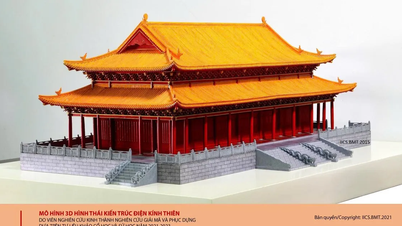












































































Comment (0)